Watch: Instruction manuals

Instructions can be seen all around us in our daily lives. For example, on packets of food, in manuals or guidebooks, and even on the roads and streets outside.
An instruction manual tells the reader how to complete a task.

Learn about instruction manuals.
Sometimes writing is used to tell us how to do things, like in an instruction or a manual.
This alien wants to build a deck chair.
But every time she tries…
…she ends up making something different…
…so that's where an instruction manual comes in handy!
An instruction manual tells the reader how to complete a specific task.
It is written in plain English…
…and is designed to be as clear as possible…
…so that the instructions are easy to follow and the task can be successfully completed!
Right…
Watch: How to write instuctions
It is written in clear steps using direct language. The steps should be numbered so the reader knows what order to do things in.
Learn how to write instructions.
What do instructions include?
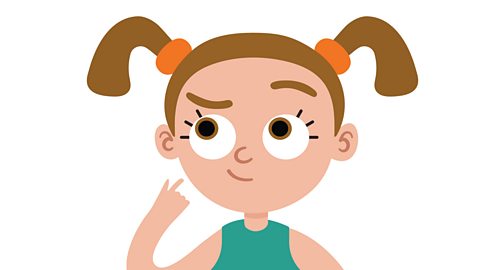
Instructions tell the reader how to do something, like how to cook a meal or how to build a chair. They have to be written clearly so the reader can easily understand each step.
Instructions need to include:
A title saying what the instructions are about
A list of what is needed
Step-by-step actions written in chronological order (the order in which they should happen)

How to write instructions
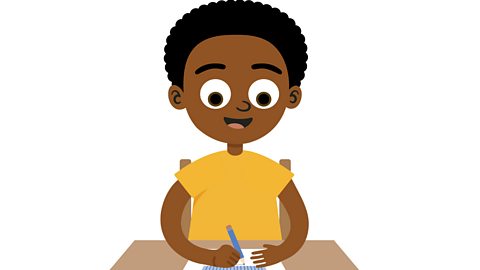
When you write instructions you should:
Use command verbs such as chop, mix, stir
Use time conjunctions such as first, next, then, until
Use adverbs such as quickly, slowly, carefully to explain how the action should be done
Use numbers for each new step

Activity 1
Activity 2
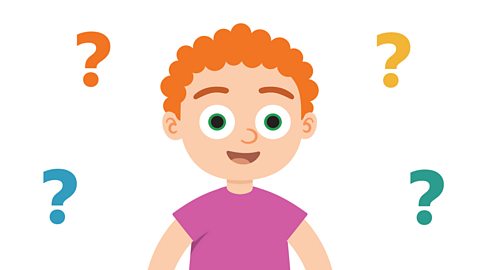
Read this set of instructions called ‘How to make a potion to turn your teacher into a toad’.
Then have a go at answering the questions that follow.
Write your answers to the questions on a piece of paper, or you can think about them and discuss them with a friend or someone at home.
- Do the instructions have a title? What is it?
- What information is given first?
- What does ‘ingredients’ mean?
- How do you know what order to do the instructions in?
- What type of word does each instruction start with?

Activity 3
Watch this clip in which presenters Dick and Dom read from George's Marvellous Medicine by Roald Dahl.
Listen carefully to the ingredients George uses to make his grandma’s medicine.
Listen to Dick and Dom reading from 'George's Marvellous Medicine' by Roald Dahl.
Now imagine you’re making your own medicine for a horrible grandma.
Make a list of eight ingredients that you would use and explain what effect each one would have on grandma.
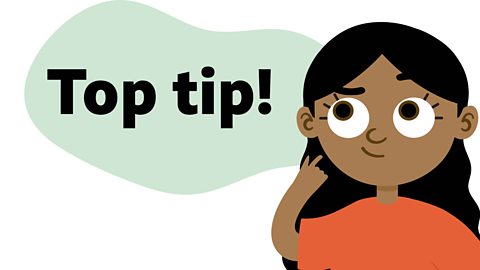
Top tip!
Don’t forget to say how much to use.
For example:
A tablespoon of strawberry jam to make her cheeks more rosy.
A whole bottle of perfume to make her smell like flowers.

Activity 4
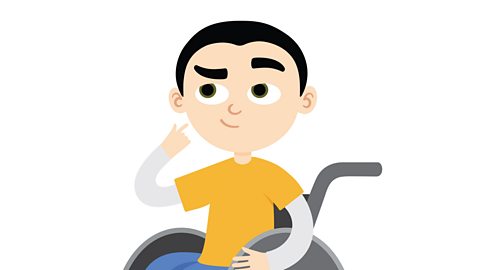
Now write a set of instructions telling other people how they could make your medicine.
Remember to include:
A title. You could start with ‘How to …’
A list of ingredients and how much you need of each one
Numbered steps and time conjunctions to show what order the ingredients should be added in
Adverbs to explain how they should be added
An explanation of why each ingredient should be added
For example:
How to improve a horrible grandma
1. First of all, carefully sprinkle two teaspoons of coffee into the pot to give grandma some energy.


Top tip!
Don't forget to use command verbs such as mix, stir, add, pour and chop.
Activity 5
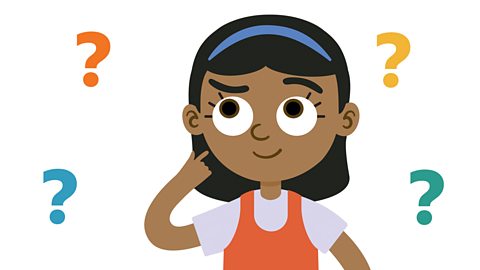
Sometimes instruction manuals include extra sections, like ‘alternatives’ (for if you don’t have all the ingredients) or ‘trouble-shooting’ (for if things start to go wrong!).
Re-read your instructions from Activity 2 and add your own ‘alternatives’ and ‘trouble-shooting’ tips.
For example:
Alternatives
If you cannot locate eight spindly spider legs, you could replace them with 14 rotten pink rose petals.
Trouble-shooting
If your mixture does not glow turquoise after step 4, you may need to repeat step 3. Alternatively place your mixture in the freezer for 20 seconds and sing your favourite song!

Play Crystal Explorers to get ready for SATs. gamePlay Crystal Explorers to get ready for SATs
In this game, use grammar, punctuation and spelling skills to explore jungles, caves and tombs on your mission!

More on Reasons for writing
Find out more by working through a topic
- count1 of 5
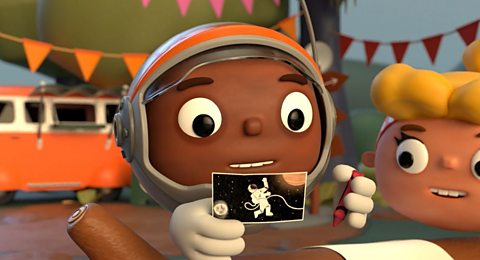
- count2 of 5
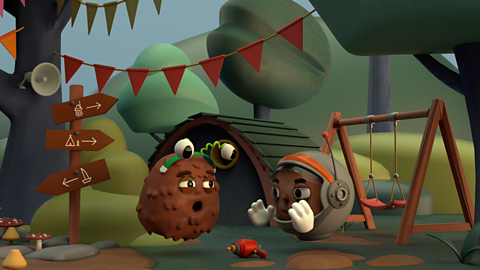
- count3 of 5
